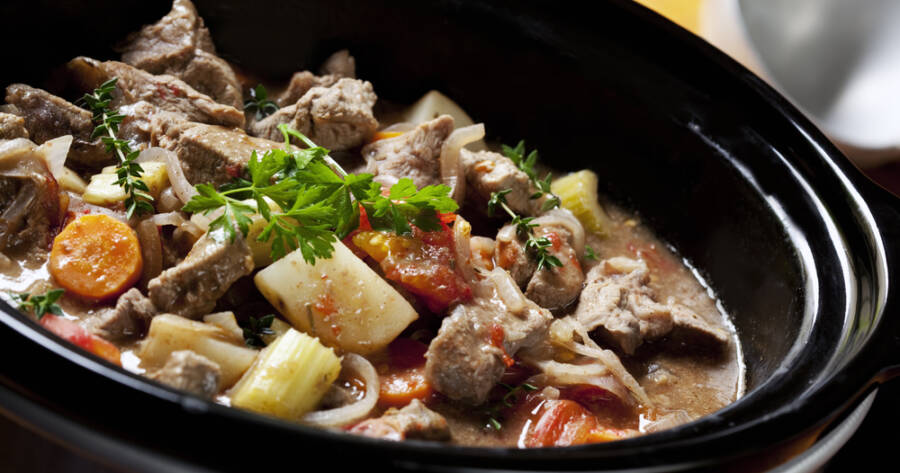If you’re looking to save time, cut down on food waste, and enjoy home-cooked meals all week, your slow cooker might just be your best kitchen tool. Building a grocery strategy around it can simplify your shopping trips and take the stress out of weekday cooking. With a little planning, you can prepare flavorful, filling meals in bulk, while also making the most of your ingredients. Understand how to create a smart weekly routine centered around your slow cooker.
Start with a Core Recipe Plan
Before you step foot in the grocery store, map out the meals you want to prepare. A good rule of thumb is to pick three slow cooker recipes for the week. Each should be something that holds up well for leftovers—like soups, stews, chili, shredded chicken, or pulled pork. Choose recipes with overlapping ingredients so you can buy in bulk and reduce waste.
For example, if you’re making beef stew, chicken tortilla soup, and a lentil curry, you might use similar base ingredients like onions, carrots, garlic, broth, and canned tomatoes. Once your recipes are selected, create a list of all ingredients required and group them by type—produce, proteins, pantry items, and dairy. This not only speeds up your shopping but helps you spot which items you already have at home.
Shop for Staples with Flexibility
Once your recipe list is set, build your grocery list around versatile staples. These are ingredients that can be reused across different meals, frozen if unused, or easily repurposed. Good staples for slow cooker meals include:
- Canned beans and tomatoes
- Onions, garlic, and carrots
- Chicken thighs or boneless beef chuck
- Vegetable or chicken broth
- Dried lentils, rice, or pasta
Aim to stock items that are shelf-stable or freeze well, which will give you more flexibility if your week doesn’t go as planned. If your store has sales on proteins like pork shoulder or stew beef, consider adjusting one recipe to match—slow cookers are great at transforming tougher cuts into tender, flavorful dishes.
Prep Ingredients All at Once
A key to staying consistent with your slow cooker strategy is doing your prep work in one session. Dedicate 30 to 60 minutes after your grocery run to chop vegetables, trim meats, and measure out spices. Store chopped ingredients in containers or zip-top bags, grouped by recipe, and keep them in the fridge or freezer until you’re ready to cook.
Some people even portion full meals into freezer bags, labeled with cooking times and directions. In the morning, you just empty the bag into the slow cooker and let it go. This method is especially helpful for busy households and prevents the urge to order takeout when time is tight.
Use Leftovers to Your Advantage
Slow cooker meals usually produce generous portions—use that to your advantage. Plan to eat each meal twice: once fresh, and once as leftovers. Some dishes even taste better the next day after the flavors develop. For example, a batch of shredded chicken can become tacos on Monday and BBQ sandwiches on Wednesday. A hearty vegetable chili can be enjoyed as-is, then turned into nachos or stuffed into baked potatoes later in the week.
To avoid burnout, make sure you’re not eating the exact same thing every day. Mix up toppings, sides, and presentations to keep meals interesting. When possible, freeze a portion of your meals to create a back-up dinner for a future week.
Don’t Forget Breakfast and Snacks
While most slow cooker strategies focus on dinner, this handy appliance can also help with breakfast and snack planning. Steel-cut oats, egg casseroles, or apple-cinnamon breakfast quinoa can all be made in a slow cooker. You can cook these overnight or prep them ahead to be reheated throughout the week.
Snacks like spiced nuts or fruit compote for yogurt also work well. Including these options in your grocery list helps you stretch your food budget further and avoid last-minute convenience store purchases.
The Power of Planning Ahead
A well-planned grocery strategy built around your slow cooker doesn’t just make dinner easier—it brings structure to your entire week. By choosing a few core recipes, shopping with purpose, and prepping ahead, you’ll spend less time in the kitchen and more time enjoying your meals.
With each week, you’ll find what recipes and routines work best for your household. Eventually, your slow cooker becomes more than a tool—it becomes the anchor of a more organized, less stressful kitchen.

